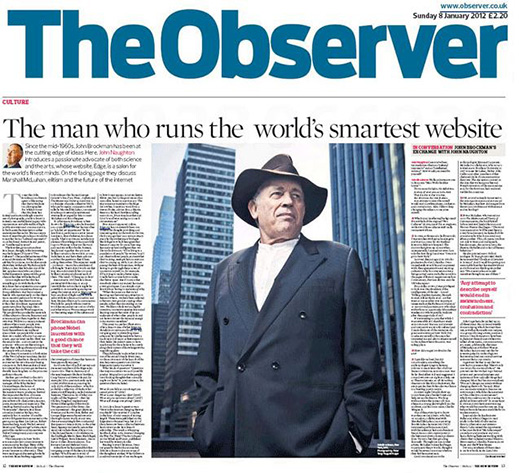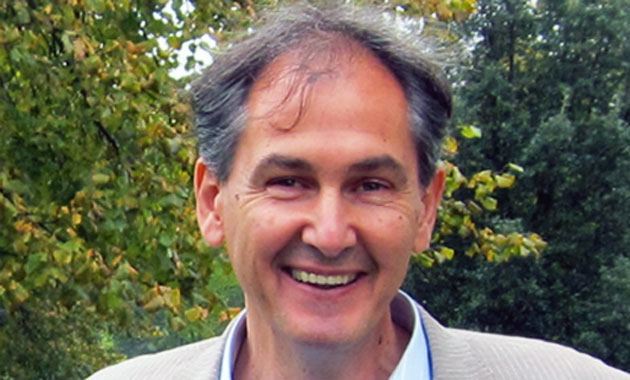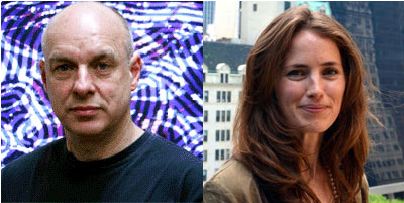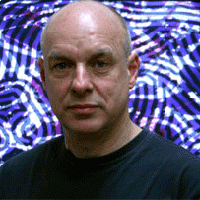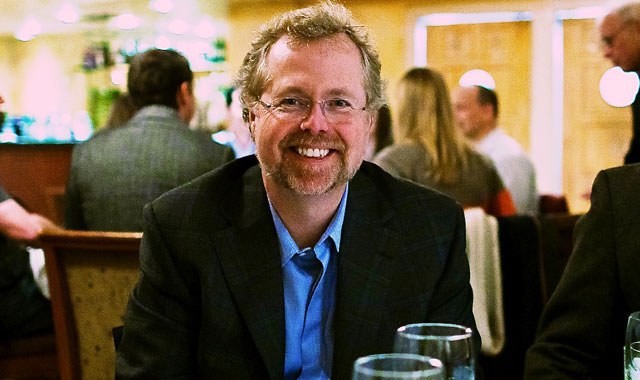
Cooking also obeys the laws of physics, in particular chemistry. Yet it is quite possible to cook without understanding it. You can cook better if you do understand what is going on, particularly if you want to deviate from the ways that people have cooked before. If you want to follow a recipe exactly, slavishly, what the hell, you can do it without understanding it. As a rote automaton, you can say, "yes, I mixed this, I cook at this temperature" and so forth. But if you want to do something really different, if you want to go color outside the lines, if you want to go outside of the recipe, it helps if you have some intuition as to how things work.
Introduction
by W. Daniel Hillis
I have a confession to make: I thought that Nathan Myhrvold had been wasting his time for the last few years. Here was a guy capable of decoding secrets of the cosmos and instead he was spending months perfecting his recipes for Osso Buco and Oeuf en Meurette? I love good food as much as anyone and I have enjoyed many a meal with Nathan , often cooked by him, but I could not imagine that any cookbook could be worth the years of effort that he put into this project.
As soon as I started reading Modernist Cuisine, I realized that I was wrong. Nathan and his team have created a lasting contribution human culture. This is not just a cookbook; it is the culinary Principia. Nathan uses food as a window into science just as Newton used the motions of the planets. In truth, it serves as a better window, because who among us cannot relate to mysteries of a lumpy white sauce or a fallen soufflé? Nathan takes his readers on a tour of chemistry, microbiology, optics and thermodynamics, all entered through the kitchen. Secrets are exposed, mysteries unveiled, and familiar principles re-explained in a new light.
I do not intend this as book review, but as an introduction to Nathan. Nothing could better serve to illustrate his brilliant and eclectic mind. The multi-disciplinary science, the stunning photography, the lucid prose, the generous credit he gives to his co-authors and the sheer fun-loving insanity of a 2438-page cookbook, all illustrate essential aspects of Nathan's unique personality. Enjoy the feast.
— Danny Hillis
NATHAN MYHRVOLD is CEO and a founder of Intellectual Ventures, a firm dedicated to creating and investing in inventions. Myhrvold is himself an active inventor, with nearly 250 patents issued or pending — including several related to food technology. Before founding his invention company, Myhrvold was the first chief technology officer at Microsoft. He established Microsoft Research, and during his tenure he oversaw many advanced technology projects. He left Microsoft in 1999 to pursue several interests, including a lifelong interest in cooking and food science.He is the coauthor (with Bill Gates) of The Road Ahead and the five-volume Modernist Cuisine.
Nathan Myhvold's Edge Bio Page
W. DANIEL ("DANNY") HILLIS is Chairman and Chief Technology Officer of Applied Minds, a research and development company creating a range of new products and services in software, entertainment, electronics, biotechnology and mechanical design. An inventor, scientist, engineer, author, and visionary, Hillis pioneered the concept of parallel computers that is now the basis for most supercomputers. He is the author of The Pattern on the Stone.
W. Daniel Hillis's Edge Bio Page

